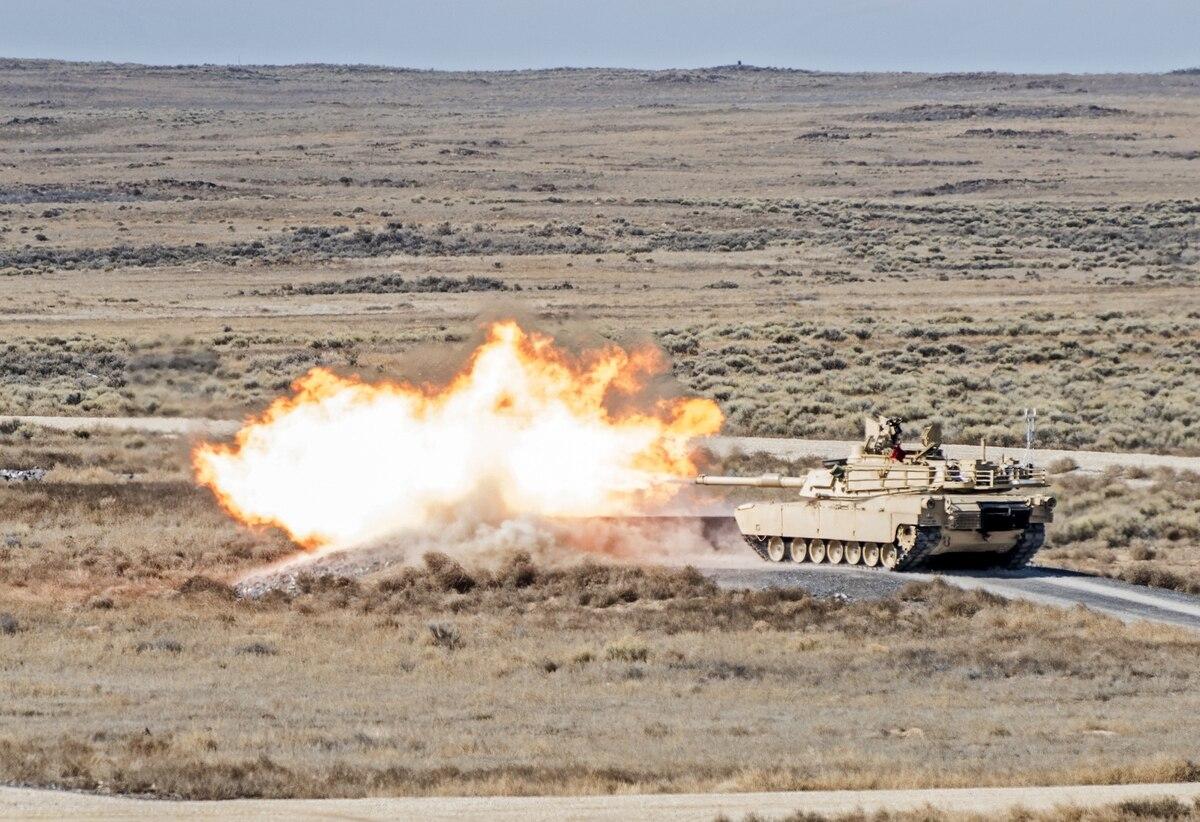
The Idaho Army National Guard opened its Digital Air-Ground Integrated Range on March 4 at Orchard Combat Training Center, according to an Army statement.
It’s the first range of its kind for the Guard, and only the second one opened in the entire Army.
A range of systems can be used together, manned or unmanned aviation platforms, infantry, Stryker and armor units can all run live-fire training together.
The range has 200 targets and more than 400 potential training scenarios, according to the statement.
The new DAGIR range is one of 23 ranges at the Orchard CTC, which cover 143,000 acres for training.
“This fully instrumented range will make it possible for military personnel within Idaho and the United States to coordinate and practice accomplishing missions from the ground and air simultaneously,” said Col. Matthew Godfrey, training center commander.
Staffers kit up aircraft and vehicles with equipment that records audio and video footage to the range tower in real time.
That way, range operators can observe the crew not only from their perch, but also from the point-of-view of the crew and platform running the equipment. The operators can also see the target and where rounds are fired on the range.
“This gives the tower the ability to help coach the crew and correct any issues the crew may be having,” said Maj. Joe Doyle, OCTC range officer.
Crews can also watch footage of their own performance in recordings during after-action reviews to better tweak how they conducted the training.
“Video doesn’t lie,” Doyle said. “Soldiers and leaders will have the ability to go back and re-watch what they just executed like never before. This will help fine-tune points you can’t see on most ranges and allow units to use the recording to prepare for future gunnery cycles and use it as a training tool.”
The DAGIR range is used as a primary qualification range for AH-64 Apache helicopters and as an approved alternate range for both tanks and Bradley Fighting Vehicles.
With the digitization, operators can also simulate four vehicles working together with air support and unmanned aerial vehicles in the mix.
A mock village on the range allows for dismounted operations and using Joint Terminal Attack Controllers in the training scenarios.
The range still awaits the installation of an aerial weapons scoring system, which is scheduled to be installed in the coming weeks.
“The efficiencies that will be gained from a truly world-class targeting range will improve the combat capabilities of all the units that train here,” Godfrey said. “I’m very excited about the opportunities that this range will provide us in not only enhancing the training and proficiency of the tank, Bradley, Stryker and Apache crews, but also the speed with which the training will be completed.”